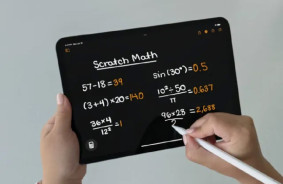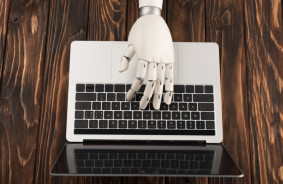OpenAI has unveiled its new model, o1, which can respond to complex questions faster than humans, thanks to advanced "thinking" algorithms.
This model is better at writing code and solving multi-step tasks compared to its predecessors. Alongside it, the company released o1-mini — a smaller and more affordable version.
Users of ChatGPT Plus and Team have already gained access to o1-preview and o1-mini. Enterprise and Edu subscribers will be able to try the new models next week. OpenAI plans to make o1-mini available to all free ChatGPT users, although a specific date has not been set yet.
Jerry Tworek, chief researcher at OpenAI, discussed a fundamentally new approach to training o1. The model was trained to solve problems independently using reinforcement learning. This has enabled the system to process requests step by step, similar to human cognition.
During the presentation of the o1 model, OpenAI representatives showcased its capability to quickly solve complex puzzles. In particular, the model solved a challenging problem about the ages of a prince and princess in just 30 seconds:
“The princess is currently the same age as the prince will be when the princess is twice as old as the prince was when the age of the princess was half the sum of their current ages. How old are the prince and princess? Provide all possible solutions to this problem.
The o1 interface is designed to display the model's reasoning steps. It uses phrases like "I'm curious," "I'm thinking about this," and "Okay, let's see," creating the illusion of human thought. Tworek emphasizes that this is not an attempt to equate AI thinking with human thinking, but merely a demonstration of the model's deeper approach to problem-solving.
According to Bob McGrew, chief scientist at OpenAI, o1 significantly outperforms previous models in solving complex mathematical problems. For example, in the qualification exam of the International Mathematical Olympiad, o1 answered 83% of the problems correctly, while GPT-4o only managed 13%.
However, o1 does have certain limitations. It falls short compared to GPT-4o when it comes to factual knowledge about the world and cannot browse the web or process files and images. Nevertheless, OpenAI believes that o1 represents a new class of artificial intelligence capabilities.
For OpenAI, the development of reasoning abilities is an important step toward creating systems with human-level artificial intelligence. McGrew believes that this technology will be crucial in tackling the most complex challenges and bringing AI closer to human capabilities.
Source: theVerge














Comments (0)
There are no comments for now